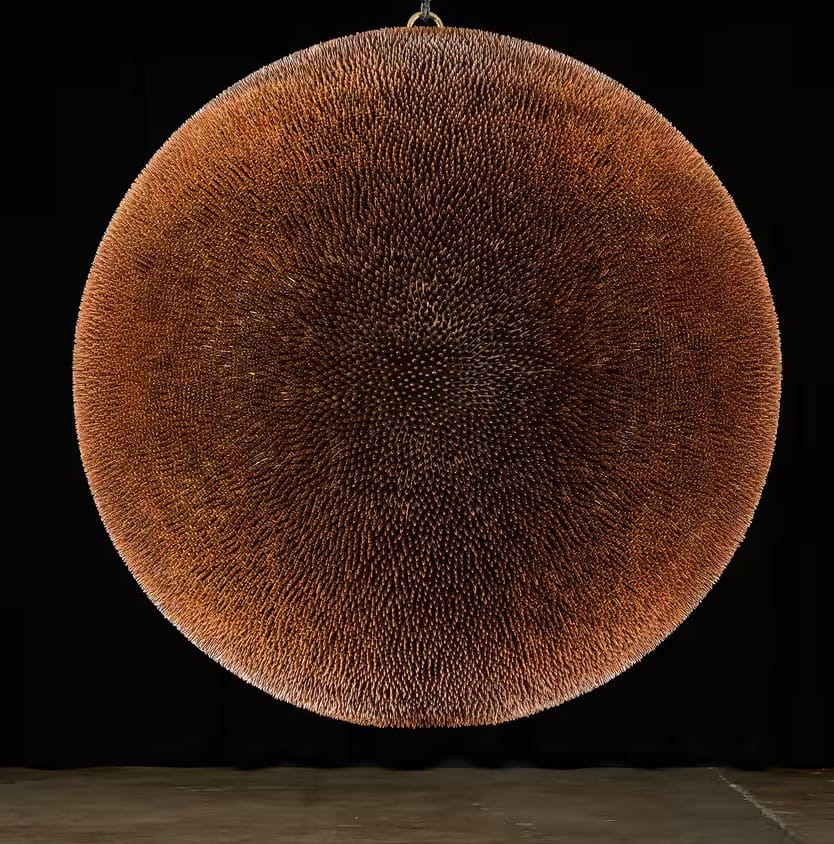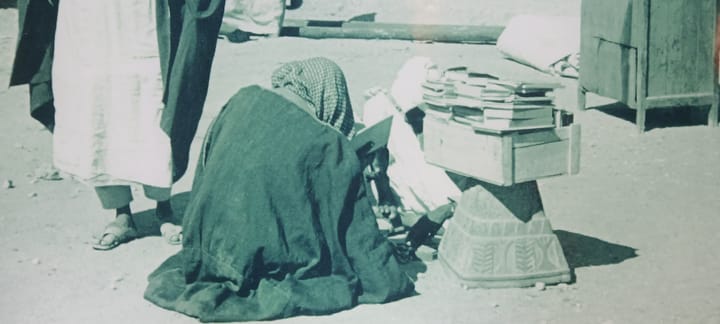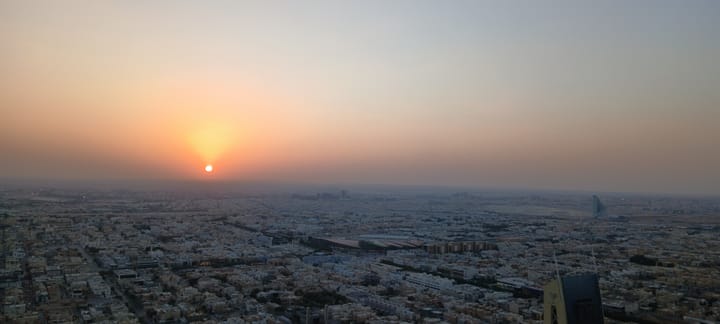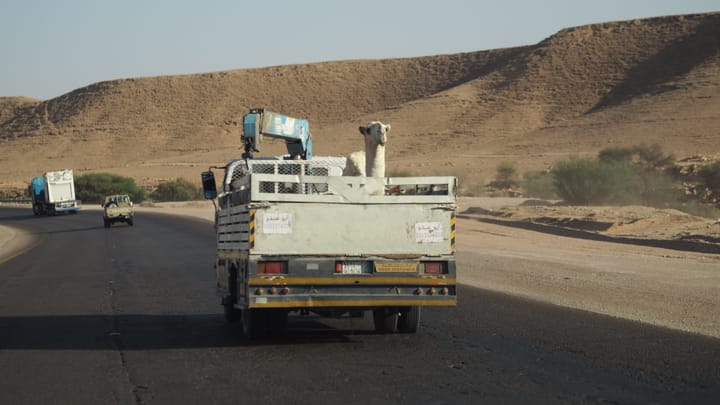[] … this?
In 1993 [Robert Longo] made Death Star, consisting of 18,000 rounds of ammunition suspended in a sphere. It evoked the 18,000 American gun casualties the previous year. In 2018, he updated that sculpture, this time using 40,000 bullets – roughly the number of gun casualties in 2017. This orb hung from an I-beam at Art Basel – a mirrorball for a death-themed disco. “It’s more about creating some kind of beauty out of something horrible,” he said then, “and at the same time hoping that it will make you personally think, ‘What am I going to do about this?’”
— source, Stuart Jeffries, Guardian
Death Star 2018 is the result of Longo asking himself a very specific question about firearm-inflicted violence in America: “How do you give this insane statistical abstraction that is as brutal as it is a material form?”
At the same time, brutality is not Longo’s endgame. “This piece is not so much about shock and awe,” he says. “It’s more about creating some kind of beauty out of something that’s quite horrible, and at the same time hoping that it will make you personally [think], ‘What am I going to do about this [the gun problem]?’”
— source, Tim Schneider, Art Business Editor, Artnet
“You know what gets me up in the morning making art?” asks Longo. “Rage. Rage and helplessness.”
— source, Stuart Jeffries, Guardian
KING LEAR
When we are born, we cry that we are come
To this great stage of fools: this a good block;
It were a delicate stratagem, to shoe
A troop of horse with felt: I'll put 't in proof;
And when I have stol'n upon these [sons-in-law],
Then, kill, kill, kill, kill, kill, kill!
Enter a Gentleman, with Attendants
[] added
imagine, seeing a piece like this,

and thinking, What am I going to do about this [gun problem, climate catastrophe, genocide]?
the confession
He was a Bay area engineer, since retired, travelling in Australasia with family, his wife, adult son and either daughter or daughter-in-law/girlfriend. He wanted to talk to me about the 3D printer. Not put off when I said that it was mainly kids who used it, he said it was great, really great we had one in the library; the first time he’d seen one in Australia.
He wore a leather wide-brim hat, jeans, a button-down check shirt and jacket. Seeing as I was interested in tech, he said that he had helped build the internet, building the first server systems, not code. He was an engineer. Code can’t do anything unless there’s the hardware to run it on. He had designed the hardware to make the internet work; now, look at it. He had thought it was a force for good but now it was being used for evil. And he had made it work.
I asked God, he said. God told me it was OK.
He’d grown up in a poor area and had been lucky enough to gain a lab scholarship. Turning up there, with a bunch of others, no test or interview, they’d asked him one question: You have a telescope and an accurate watch at home: how do you measure the speed of light?
I’d been more interested in the how and didn’t get to the calculation part, you see, so I didn’t get the scholarship but I still got a place.
You find a star at a known distance from the earth that you know is going to have an eclipse. You take a measurement at the time of the eclipse and, taking into account the movement of the earth, at the end. The difference gives you the speed of light.
His job at the lab was on the early fusion experiments. Then the research was classified by the US military. When it was declassified he asked a colleague who had continued the work what had happened to that early research.
You know, he said, now that research is being used in plasma weapons in space. This is the burden I have to carry.
He told me that Elon Musk can’t go bankrupt. He has too much support from the American government.
Since retiring he has offered his services, as a registered installer of solar panels, for free. As a result he has come up against the company that has the monopoly.
C had been having a conversation with the son behind me. I overheard the words Christian and Philippines. When the family left, I asked her about it.
Yes, she said. The son was half Filipino, on the mother’s side, and half Mexican, on the father’s.


